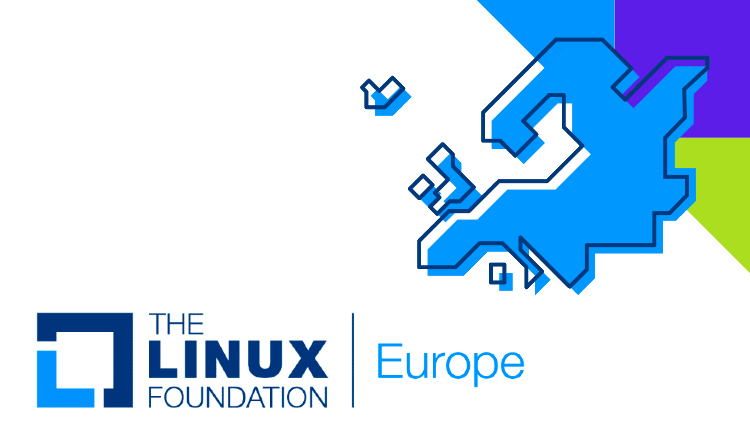The Linux Foundation Europe (LF Europe) – the European section of the open source Linux Foundation – he said today its release Project Sylva, which aims to create an open source telecom cloud framework for European telcos and vendors. 
Είναι το πρώτο project που φιλοξενείται από την LF Europe και είναι ένα καλό παράδειγμα του τι προσπαθεί να επιτύχει ο οργανισμός. Το project στοχεύει στη δημιουργία ενός τηλεπικοινωνιακού cloud ανοιχτού κώδικα ποιότητας παραγωγής και ενός κοινού πλαισίου για την “μείωση του κατακερματισμού της υποδομής cloud για τηλεπικοινωνίες και υπηρεσίες αιχμής”. Επί του παρόντος, πέντε φορείς (Telefonica, Telecom Italia, Orange, Vodafone και Deutsche Telekom) και δύο προμηθευτές (Ericsson και Nokia) εργάζονται για το project.
"There are already a bunch of Linux Foundation networking projects that have moved telecommunications into the open source era," says Arpit Joshipura, general manager of Networking, Edge and IoT at the Linux Foundation.
“All these projects are subject to what is called the [LF] Networking foundation. So, whatever work is being done by the telcos, the Sylva project is going to build on top of that with European vendors to resolve specific requirements. These are security, energy, federated computing, edge and data reliability.”
At the core of Sylva is a framework for a computing platform. The project aims to create an implementation reference, leveraging all the work already done by LF Networking, the Cloud Native Computing Foundation (home of Kubernetes and other cloud native infrastructure projects), LF Energy and others.





